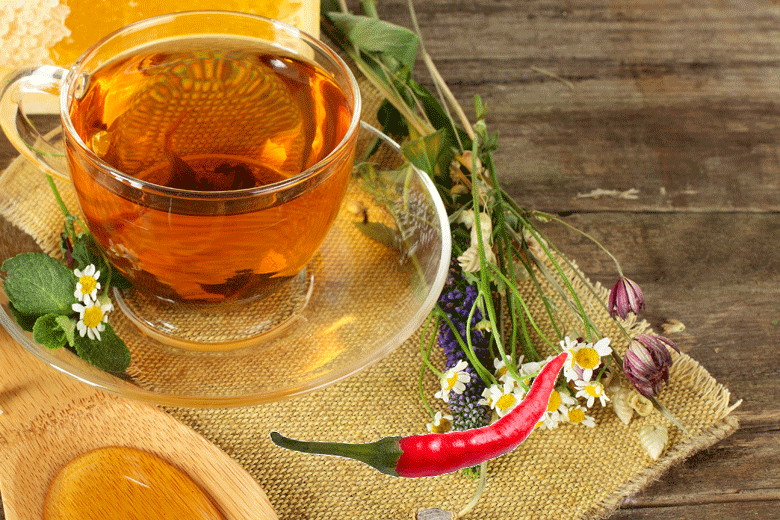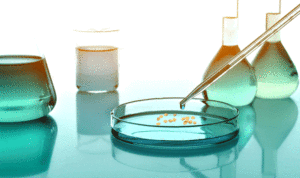 What is scarification?
What is scarification?
Scarification is the process in which various techniques prepare seeds for faster germination. It involves intentionally damaging the outer seed coat by abrasion, soaking, and other methods to aid seeds to germinate more quickly.
Nature equips seeds with a tough outer coat. This shell protects the “baby plant” inside the coat from harsh conditions. It is waterproof and gas-proof. It protects the seed during winter freezes and flooding. It also protects the seeds from heat and from being trodden on by wildlife and humans.
Most seeds enter a period of dormancy during winter. During this period, there can be fluctuations in temperature due to freezing and thaws. These fluctuations cause the seeds shell to expand and contract. Over time, this will weaken the oute r coat. Come spring, when the seed is ready to germinate, it will have been naturally scarified to sprout
r coat. Come spring, when the seed is ready to germinate, it will have been naturally scarified to sprout
Birds are also a source of natural seed scarification. They often eat Chillies before migrating. The seeds pass through the birds digestive system and are exposed to digestion acids that thin the seed shell. When the bird makes a dropping, the seeds fall to the ground well prepared for germination. This method of seed dispersal is particularly efficient, because the seed is not only prepared by the acid scarification, but also has been provided with a ready source of fertilizer
When growing Chillies at home, we have to give seeds a helping hand. After all, they are in a protected environment and will not be subjected to the harsh conditions they would normally face in the wild. To do this, we can employ various techniques to scarify seeds. These techniques include scratching the seeds with sandpaper or using a nail clipper to nip off a piece of seed. Some growers even use their teeth to crack seeds. However, these methods are pretty finicky. Particularly as Chilli seeds are so small. It is far better to soak seeds to achieve the same objective.
Soaking seeds

Soaking solutions
Seeds can be soaked in various liquids. These range from pure water to a solution made with guano. The aim is to emulate what happens in nature. The soaking solution should make the seed swell and the embryo imbibe water. Imbibition is one of the main precursors to germination. When the seed absorbs so much water, it helps weaken its shell. When soaking seeds in a solution that combines thinning with imbibition, two purposes are fulfilled. Solutions made with tea, lemon juice and hydrogen peroxide, come into their own in seed scarification because of their ability to meet both of these objectives,
One of the most common methods for scarifying seeds is camomile tea. A weak solution of camomile tea is used to soak seeds for about twelve hours. The tea solution is made by brewing a cup of camomile for two minutes, and then removing the teabag. The used tea bag is then used to brew a second cup of tea for a further two minutes. Once again, the teabag gets removed. The concentration is now about quarter strength, which is the correct concentration for soaking seeds
removing the teabag. The used tea bag is then used to brew a second cup of tea for a further two minutes. Once again, the teabag gets removed. The concentration is now about quarter strength, which is the correct concentration for soaking seeds
Many other growers use half-strength black tea for seed scarification. I cannot comment on how well this works, as I prefer camomile tea. Camomile tea has tannins that act on the seeds, coating, but is also mildly anti-fungal. So, in addition to scarifying seeds, it also has the added benefit that it can help sort out any nasties that seeds may harbour. To me, it definitely makes using this type of solution win, win.
And yet another solution with this ability is seaweed extract. Soaking seeds diluted in water not only aids germination, but also provides protection against viruses, bacteria and fungi. Seaweed extract achieves improved germination rates by virtue of the fact that it contains auxins. Auxins are plant hormones that promote growth. To use if for scarification, add a quarter cup of seaweed extract to one cup of water. Soak the seeds for twelve hours, and then plant directly afterwards.
Other solutions
Another solution I recently started experimenting with is hydrogen peroxide (H202). I used 3% undiluted hydrogen peroxide to soak some seeds earlier this week. I soaked one batch of seeds for one hour and another for four hours. These seeds are currently in a heated propagator, and I am waiting to see how well they germinate. While I decided to use full strength 3% h202, other growers recommend using weaker solutions. Two other recommendations in particular spring to mind. One recommends using one tablespoon of hydrogen peroxide to a cup of water. The other suggests diluting the 3% h202 to a 2 percent solution. Personally, I lean towards stronger solutions, as I think they will emulate the digestive acids of birds more closely. However, only time will tell if I am right.
In addition to these solutions, other growers use lemon juice, saltwater, detergent, guano and saltpetre for seed scarification. Saltpetre, in particular, is apparently effective, but adding a few drops of gentle detergent like Castille liquid soap to warm water is also said to work well. In the case of detergent, I can only think it might help wash away inhibitors. Inhibitors are substances that prevent seeds from germinating. They are a protection that nature provides to seeds to prevent them from germinating when in ripe fruit.
Finally
I am currently stratifying some seeds that I intend to plant in the next day or two. These are the last seeds I will start for this season. I will definitely be trying saltpetre, lemon juice and detergent to scarify these seeds. The rest of the methods (which I still have not yet tried) will have to wait until next season.
Disclaimer.
This information is provided for informational purposes only. It should be used entirely at your own risk. The blog and the author do not accept any responsibility for any accident or injury, or damage caused directly or in part, from following any information on this website.

for scarification with camomile tea. Do you use cold tea or warm tea?
Trying 23 rd Aug 2022
Many Thanks
Ivor Amore
Hi Ivor. Thanks for the question. I personally use lukewarm camomile tea.